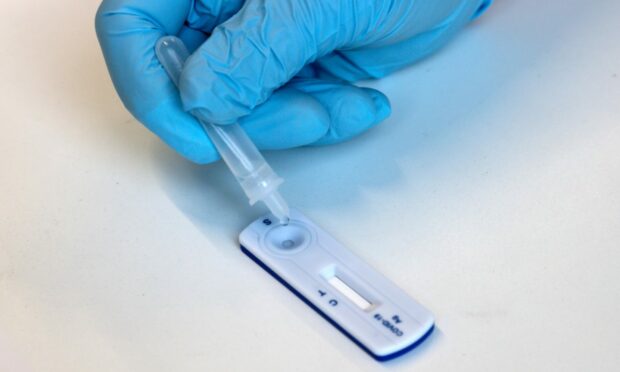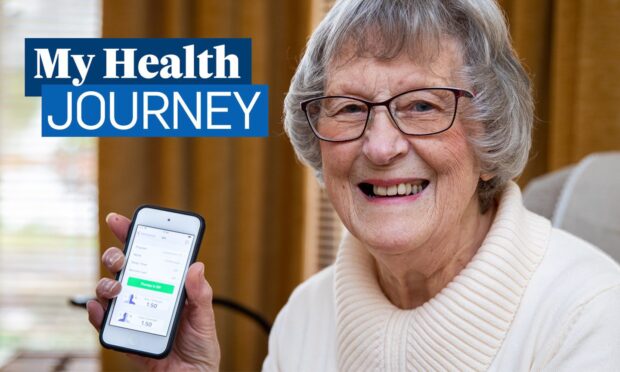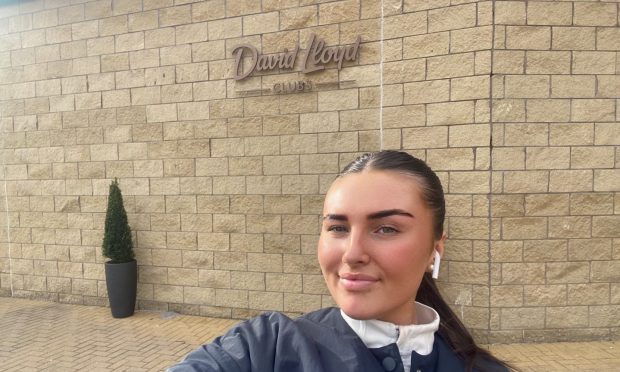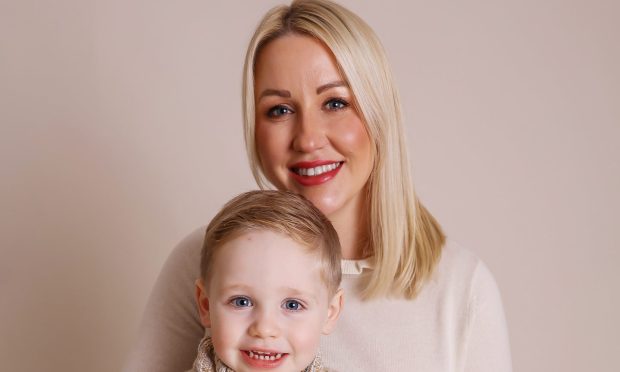The UK Government is expected to announce an end to free PCR and lateral flow (LFD) testing today.
The move is reportedly part of their “Living Safely with Covid” strategy and means those wanting to check if they have Covid will have to pay for tests from March 2022.
But does the Scottish Government have any plans to scrap testing? And how long will we even need to keep testing ourselves for the virus?
We’re answering all your questions about the end of Covid testing in Scotland.
Why is the UK Government scrapping free testing?
The move to end free PCR and LFD testing is one of the UK Government’s aims to help lead the country out of the pandemic and become one of the first nations to get back to “normal” life.
Under the plans, PCR testing would be scrapped altogether for those with symptoms, limited only to older people and those clinically extremely vulnerable to the virus.
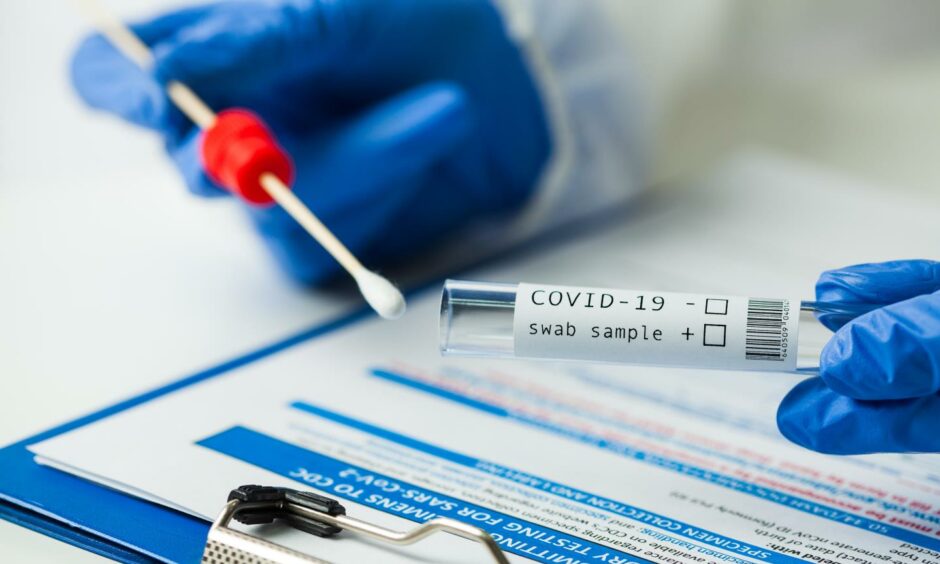
People who develop Covid symptoms while in hospitals or other high-risk settings would also be eligible for a free test.
Everyone else is expected to have to pay for LFD tests once the plans are brought in.
It is not clear how much they will cost or if certain groups will be eligible for free tests.
Critics argue tests should remain free to ensure the virus remains under control and to ensure everyone who wants to continue testing themselves can, regardless of income.
Getting rid of free Covid tests is not ‘living with Covid’. It just means vulnerable people will see fewer loved ones and will be able to enjoy less of their lives. It is unfair and unjust.
— Ed Davey MP 🔶 🇬🇧 🇪🇺 (@EdwardJDavey) February 16, 2022
They also say making people pay for tests sets a dangerous precedent for the future and could lead to other NHS medical tests and procedures costing money.
However, others believe the milder Omicron symptoms are an opportunity to move forward with life beyond the pandemic.
The UK Government’s strategy also includes plans to end the legal requirement to self-isolate and scrapping Track and Trace.
What are the Scottish Government’s plans?
Health Secretary Humza Yousaf said: “Free tests and being required to isolate when testing positive are effective in addressing the virus.
“They should remain for as long as the expert public health advice recommends.
“We are clear all devolved administrations must be involved in any decisions about any changes to testing.
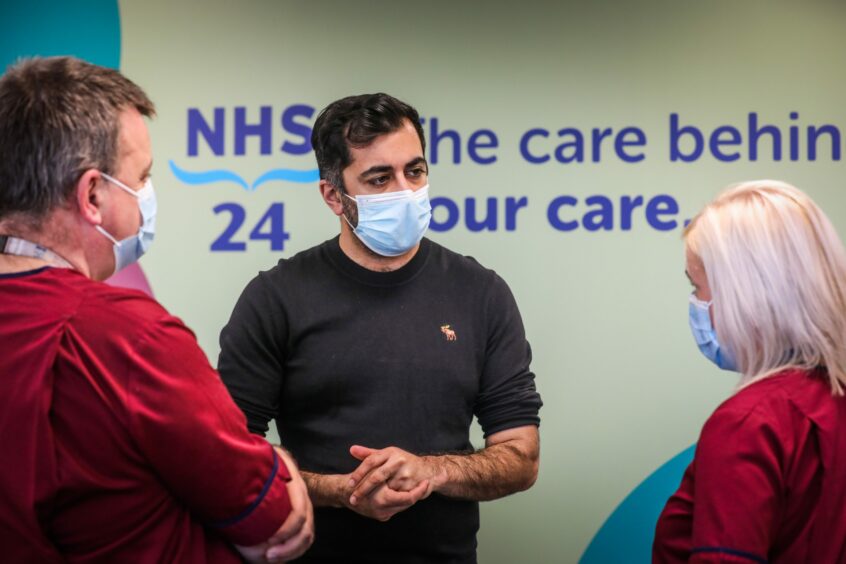
“If we reach a point that public health advice in any part of the UK is that testing should be maintained while others end it, the UK Government must honour its commitment to ensuring they remain funded.
“This is crucial to ensure all parts of the UK have the capability to address future variants that may emerge.”
What is the future of Covid testing?
Testing has been crucial in preventing Covid from spreading and identifying new variants of the virus.
Access to free PCR and LFD tests was also critical during the Omicron outbreak over Christmas and New Year.
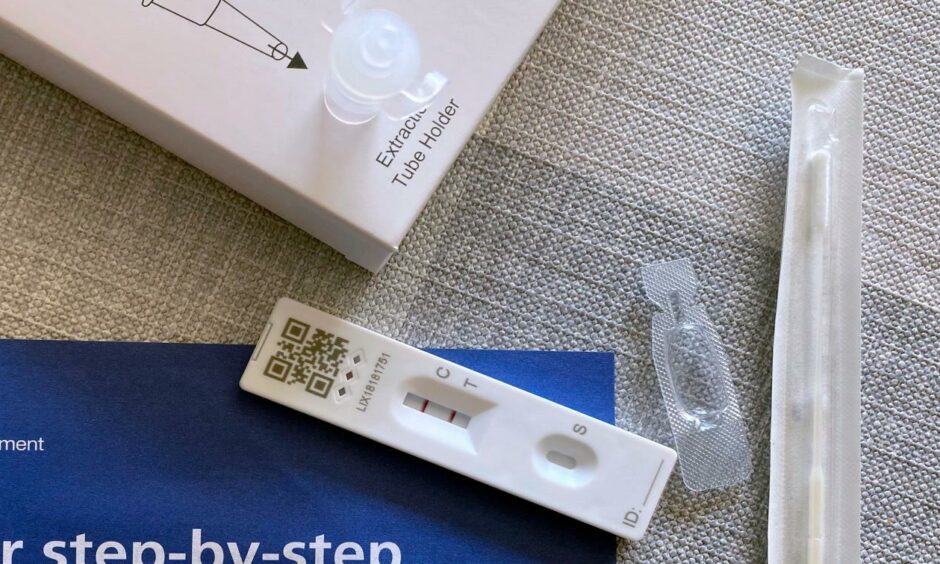
NHS Grampian’s head of health intelligence, Jillian Evans, says: “Maintaining our surveillance systems is going to be important going forward.
“That means testing, whether that’s widespread asymptomatic testing, or fast testing when you spot the early signs of outbreaks.
“I’m pragmatic enough to realise continued asymptomatic testing might be a step too far.
“I don’t think we should be considering stopping it just yet, but we might get to that point.
“If we stop testing completely, we could find ourselves trying to get the situation under control again.”
Is the end of the Covid pandemic really in sight? 4 experts have their say
